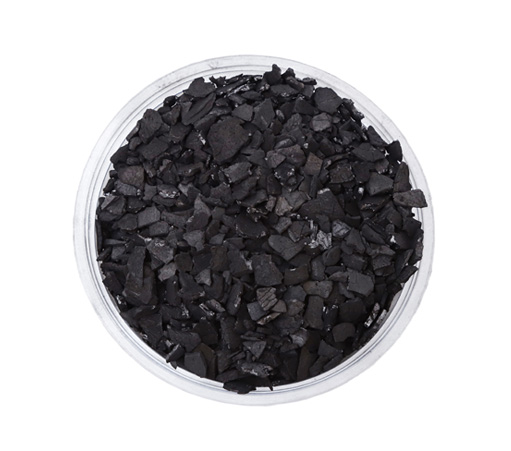
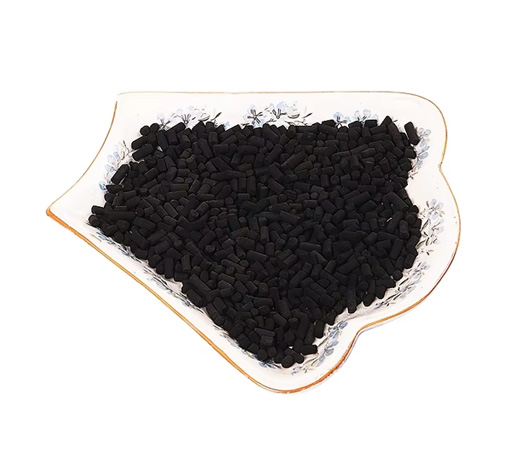
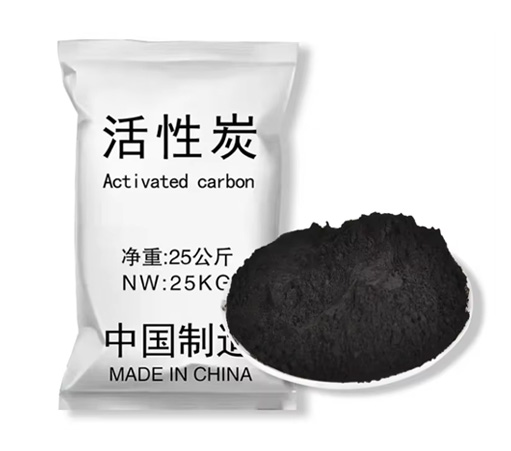



Coconut shell activated carbon is made from premium coconut shells through high-temperature carbonization and activation, with particle sizes ranging from 0.5–5mm.
It offers high surface area and strong adsorption capacity, ideal for drinking water purification, air treatment, gold recovery, and industrial wastewater treatment.
|
Item |
Index |
Item |
Index |
|
Granularity (%) |
1~325 |
Iodine Value (mg/g)≥ |
1000 |
|
≥ 24 Mesh |
≤ 1 |
Benzene Adsorption Value (mg/g) ≥ |
400 |
|
28~42 Mesh |
≥ 82 |
Acetic acid adsorption value (mg/g) ≥ |
500 |
|
≤ 48 Mesh |
≤ 5 |
Zincacetate adsorption Value (mg/g) ≥ |
7 |
|
Average particle size |
0.44~0.49 |
Minimum fluidization velocity (m/s) |
9~12.5 |
|
Strength (ball-milling method) (%) |
≥95 |
Ignition point (℃) |
500 |
|
Filling density (g/cm²) |
0.40~0.50 |
PH Value |
5~7.5 |
|
Loss on drying (%) |
≤ 10 |
Moisture |
5 |
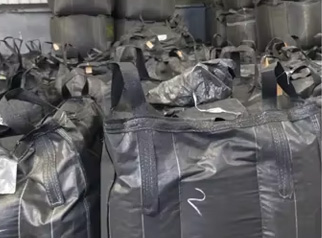
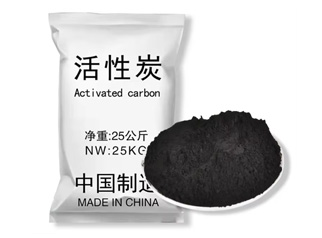
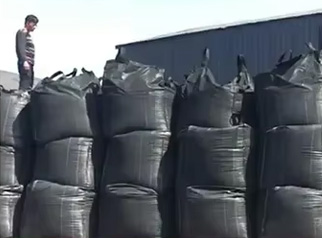
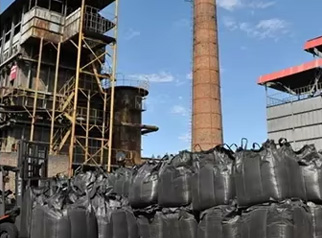
It is suitable for gas-phase adsorption, catalyst carrier, and also widely used in the deep purification of drinking water, tap water, industrialwater, as wellas preclous metal extraction, such as gold ore purification, precious metal extraction, and can also be used to reduce the degre andturbidity of Baijiu, promote aging, reduce total energy loss, and add water at - 15 '℃ without losing light, which is welcomed by users.

1. During transportation, activated carbon should be prevented from mixing with hard substances and should not be stepped on or steped onto prevent carbon particles from breaking and affecting quality.
2. Storage: lt should be stored in a porous adsorbent, so during transportation, storage, and use. it is necesary to absolutely prevent wateimmersion. After water immersion, a large amount of water fills the active void, making it ineffective.
3. Prevention of tar substances: During use, tar substances should be prohibited from being brought into the activated carbon bed to preventclogging the pores of the activated carbon and causing it to lose its adsorption efect. Itis best to have a decoking device to purify the gas.
4. Fire prevention: During storage or transportation, active carbon should be prevented from direct contact with fire sources to preventignition. During regeneration, oxygen should be avoided and the regeneration should be thorough. After regeneration, it must be cooled to below 80℃ by steam, otherwise the temperature will be high and the activated carbon will spontaneously ignite when encountenng oxygen.
Q1: What are the types of activated carbon, and what are the differences between them?
A1: Activated carbon can be categorized by raw material and form: coconut shell activated carbon, coal-based activated carbon, wood-based activated carbon, and columnar activated carbon.
Coconut shell carbon has small pores and a large surface area, ideal for water and air purification. Coal-based carbon offers fast adsorption for wastewater and gas treatment. Wood-based carbon is excellent for decolorization in food, sugar, and pharmaceutical industries. Columnar carbon has high mechanical strength, suitable for continuous gas purification systems.
Q2: How to choose the right type of activated carbon?
A2: Select the right activated carbon based on application:
●For drinking water treatment, granular coconut shell activated carbon is ideal due to its high iodine value and superior adsorption performance.
●For industrial exhaust gas or air purification, columnar activated carbon is recommended for its high strength and rapid adsorption.
●For gold extraction or solvent recovery, high-iodine coconut shell carbon works best.
Q3: What are the main applications of pellet (columnar) activated carbon?
A3: Pellet (columnar) activated carbon features high strength, well-developed pores, and fast adsorption rate. It is widely used in gas purification, deodorization, solvent recovery, chlorine removal from tap water, wastewater treatment, and applications in petrochemical and pharmaceutical industries.
Q4: How does activated carbon work in drinking water purification?
A4: Activated carbon removes residual chlorine, organic compounds, odors, and color through its highly porous structure, improving water taste and clarity.
Coconut shell activated carbon, with its high microporosity, effectively eliminates trace pollutants and trihalomethanes in drinking water.
Q5: What is the service life of coconut shell activated carbon?
A5: The service life of coconut shell activated carbon is typically between 6 to 12 months, depending on factors such as the usage environment, pollutant concentration, and maintenance practices.
Regular inspection and replacement of the activated carbon help maintain its optimal performance.

Please contact us for free quotation by form below. We promise the quickest response within 24 hours: